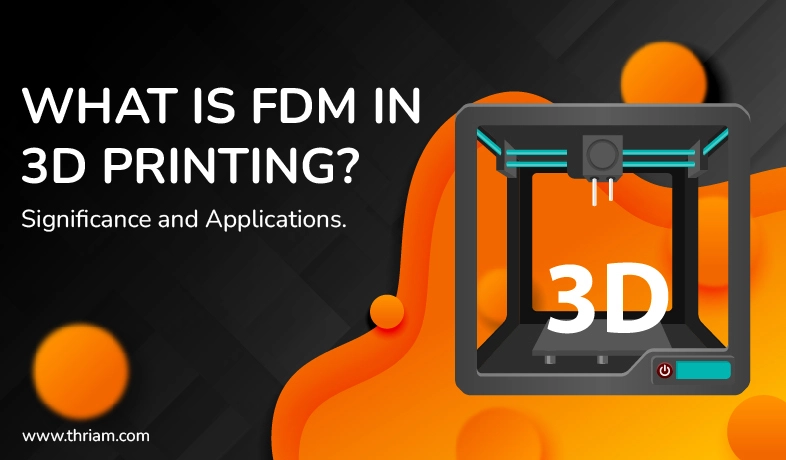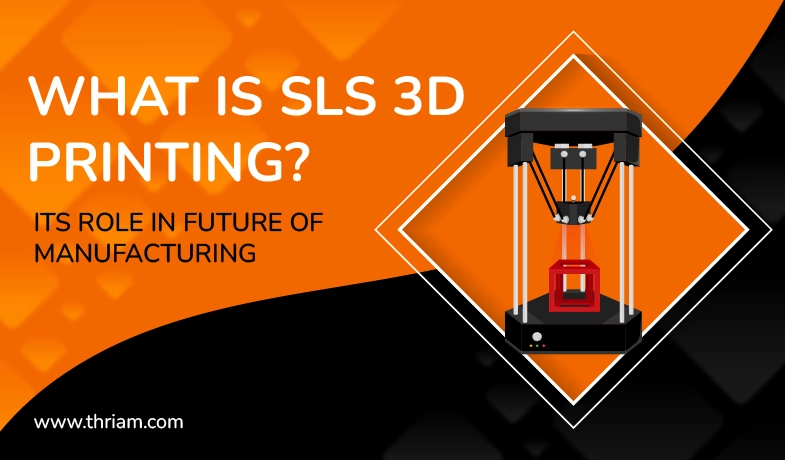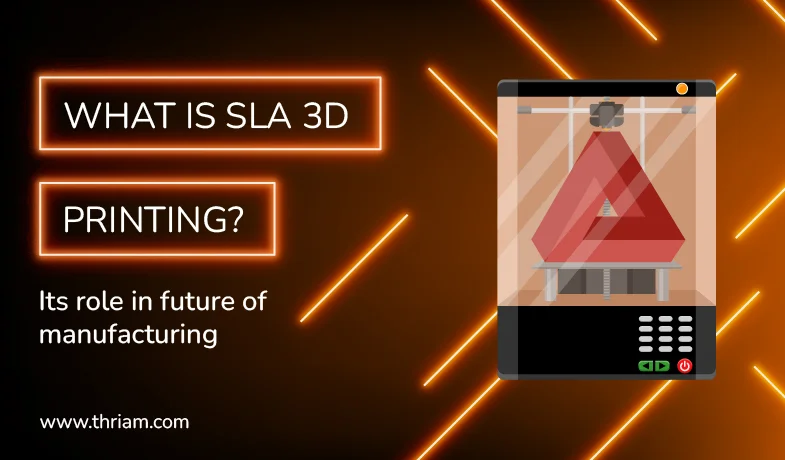Choosing the Perfect 3D Printing Technology for Your Project
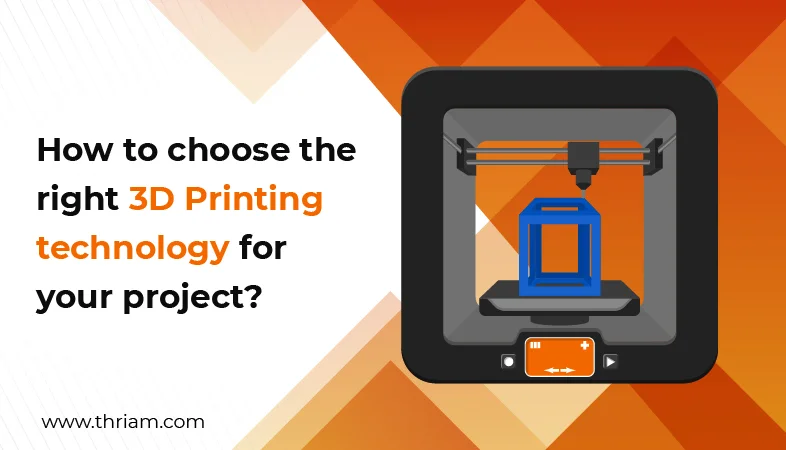
Introduction
3D printing has revolutionized various industries by enabling the creation of complex and customized objects. However, with the plethora of 3D printing technologies available today, it's crucial to choose the right technology for your project to ensure its success. In this blog, we will explore the key factors to consider when selecting the appropriate 3D printing technology.
Types of 3D Printing Technologies
Before delving into the considerations for choosing the right technology, let's have a brief overview of the different 3D printing technologies available:
- Fused Deposition Modeling (FDM)
- Stereolithography (SLA)
- Selective Laser Sintering (SLS)
- Digital Light Processing (DLP)
- PolyJet
- Binder Jetting
- Material Jetting
- Electron Beam Melting (EBM)
- Direct Metal Laser Sintering (DMLS)
- Selective Laser Melting (SLM)
Each technology has its own advantages and limitations, which we'll explore in more detail in the following sections.
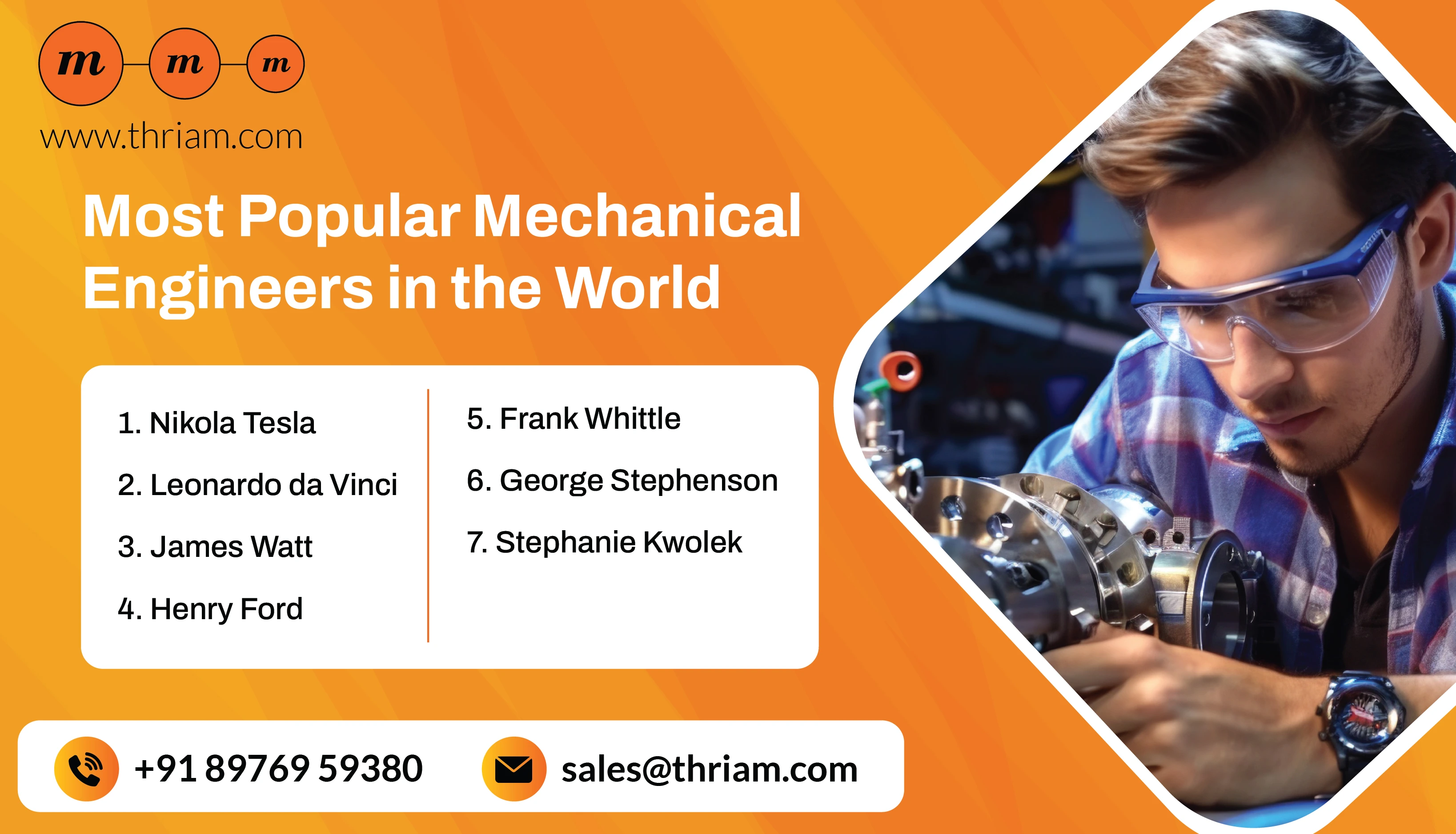
1. Fused Deposition Modeling (FDM)
Fused Deposition Modeling, also known as FDM, is one of the most commonly used 3D printing technologies. It works by extruding a plastic filament layer by layer to create the desired object. FDM offers a relatively low-cost solution and is suitable for producing functional prototypes, simple parts, and hobbyist projects. However, the surface finish may be relatively rough compared to other technologies.
2. Stereolithography (SLA)
Stereolithography, also known as SLA, uses a liquid resin that is solidified layer by layer using a laser or UV light. SLA offers high precision and excellent surface finish, making it suitable for creating detailed prototypes, models, and parts with intricate geometries. However, SLA can be more expensive than other technologies, and the resin may require special post-processing and curing.
3. Selective Laser Sintering (SLS)
Selective Laser Sintering, or SLS, involves the use of powdered materials such as plastic, metal, or ceramic. A laser selectively fuses the powder particles together, layer by layer, to create the final object. SLS offers a high degree of design freedom, allowing the creation of complex, functional parts. Its versatility in working with various materials makes it popular in industries such as automotive and aerospace.
4. Digital Light Processing (DLP)
Digital Light Processing, or DLP, is similar to SLA in terms of using liquid resin solidified by UV light. However, instead of a laser, DLP uses a digital projector to project an entire layer of the object at once. This results in faster printing times compared to SLA. DLP is suitable for creating high-resolution objects with smooth surface finishes, making it ideal for dental, jewelry, and modeling applications.
5. PolyJet
PolyJet technology works by jetting tiny droplets of liquid photopolymer resin onto a build platform. The droplets are then cured using UV light, solidifying the layers. PolyJet offers high-resolution printing, multiple material properties, and a wide range of colors. This technology is commonly used in product design, simulation, and visual communication.
6. Binder Jetting
Binder Jetting involves selectively binding layers of powdered material together using a liquid binding agent. This technology is commonly used for full-color 3D printing, creating sand molds, and producing complex metal parts. While it offers a cost-effective solution and relatively fast printing times, additional post-processing steps are typically required to remove excess powder and strengthen the final object.
7. Material Jetting
Material Jetting works by jetting liquid photopolymer materials onto a build platform, which are then cured using UV light. Similar to PolyJet, it can create high-resolution objects with multiple material properties. Material Jetting is popular in industries such as medical and dental, where the ability to combine different materials within the same object is crucial.
8. Electron Beam Melting (EBM)
Electron Beam Melting utilizes an electron beam to selectively melt metal powder. This technology is specifically designed for producing complex metal parts with excellent mechanical properties. EBM is commonly used in aerospace, automotive, and medical industries, where high-performance metal components are required.
9. Direct Metal Laser Sintering (DMLS)
Direct Metal Laser Sintering, or DMLS, is similar to SLS but is specifically tailored for metal parts. The process involves selectively sintering metal powder using a laser, layer by layer. DMLS offers good part density, excellent accuracy, and the ability to produce intricate metal components. It finds applications in aerospace, automotive, and medical industries, where high-quality metal parts are essential.
10. Selective Laser Melting (SLM)
Selective Laser Melting, or SLM, is similar to DMLS, utilizing a laser to melt and fuse metal powder layer by layer. The main difference is that SLM achieves full metal melting, resulting in parts with superior mechanical properties. SLM is commonly used in industries such as aerospace, medical, and automotive, where high-strength metal parts are required.
Considerations for Choosing the Right Technology
To choose the right 3D printing technology for your project, it's essential to consider the following factors:
Project Requirements and Objectives
First and foremost, you should evaluate the specific requirements and objectives of your project. Consider the size and complexity of the object you need to print, as well as the material compatibility required. Additionally, determine the level of precision and resolution needed for your project.
Cost Considerations
While 3D printing has become more affordable in recent years, it's still crucial to consider the costs involved. Take into account the initial investment required for purchasing the 3D printer and any necessary accessories. Assess the ongoing costs, such as material costs and any post-processing requirements, such as sanding or painting.
User Expertise and Skill Level Required
Another vital aspect to consider is your own expertise and skill level in 3D printing. Some technologies are more user-friendly and have a shorter learning curve, while others require more technical knowledge. Evaluate the level of technical support available for each technology to ensure you can successfully use it for your project.
Time Constraints
Time is often a critical factor in many projects. Consider the speed of printing offered by the different technologies, as well as the post-processing time required. Evaluate the overall time it will take to complete the project using each technology.
Case Studies
To gain a better understanding of selecting the right 3D printing technology, let's explore a couple of case studies:
Case Study 1: Rapid Prototyping
In a project requiring rapid prototyping of small and detailed objects, Stereolithography (SLA) technology was chosen. Its high precision and resolution capabilities perfectly suited the project's needs, despite the higher material costs and the need for post-processing to remove support structures.
Case Study 2: Functional Parts
A project requiring functional parts with complex geometries and varying material properties opted for Selective Laser Sintering (SLS) technology. SLS allowed the use of a wide range of materials suited for different functional requirements, although the initial investment and learning curve were greater compared to other technologies.
Analyzing these case studies provides valuable insights into the successes and challenges faced when selecting the right 3D printing technology for specific projects.
Best Practices for Selecting the Right 3D Printing Technology
To conclude, here are a few best practices summarized from the above discussions:
- Thoroughly evaluate your project requirements and objectives.
- Consider the costs involved, including initial investment, materials, and post-processing.
- Assess your own expertise and the level of technical support available.
- Take time constraints into account by considering printing speed and post-processing time.
- Learn from real-world case studies and analyze the successes and challenges faced.
By following these best practices, you can make an informed decision and choose the right 3D printing technology for your project.
Conclusion
Choosing the right 3D printing technology is crucial for the success of your project. By evaluating project requirements, considering costs and expertise, and understanding time constraints, you can make an informed decision. Remember, each technology has its own advantages and limitations, and real-world case studies can provide valuable insights. Embrace the power of 3D printing technology and make the most of its versatility and customization capabilities.
